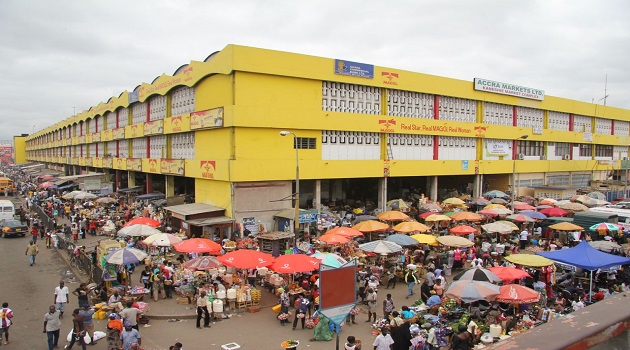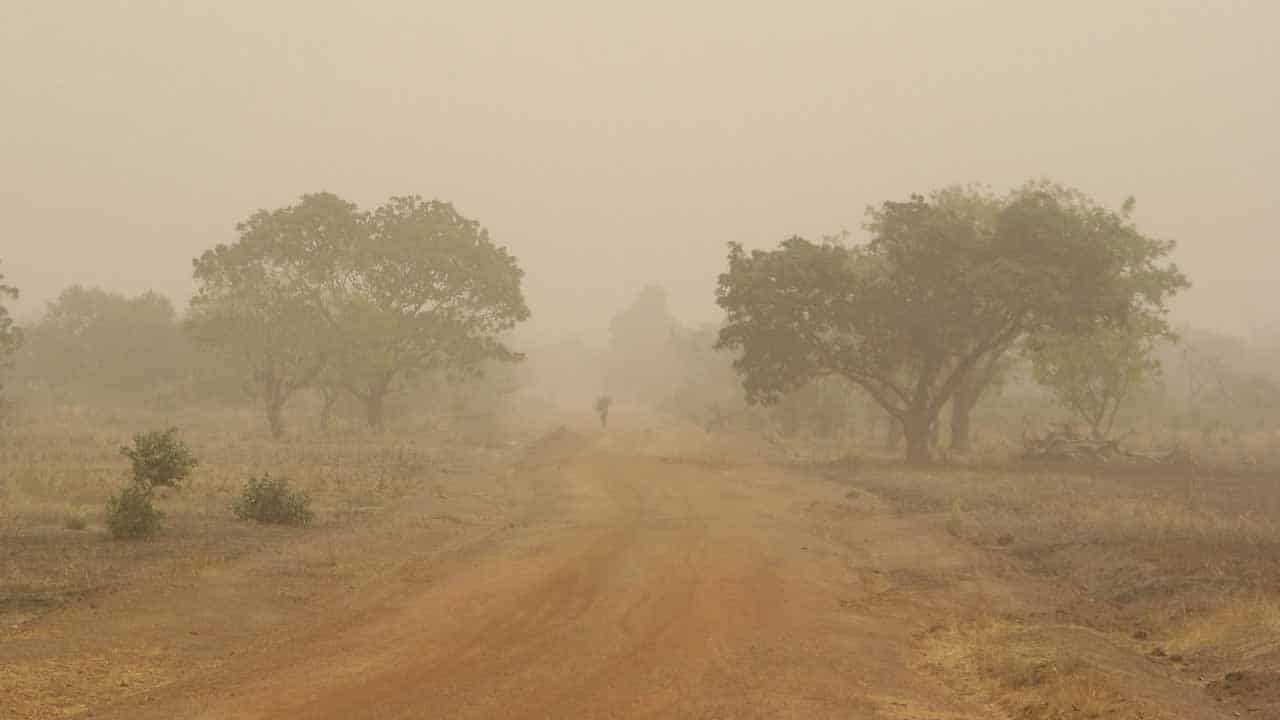
A five-day technical workshop on how to build disaster resilience to natural hazards in Sub-Saharan Africa region is underway in Accra.
It was organised by the United Nations Office for Disaster Risk Reduction (UNISDR) in collaboration with the National Disaster Management Organisation (NADMO), on the theme "Building Disaster Resilience to Natural Hazards in Ghana".
The event was to increase risk knowledge, involvement and engagement of stakeholders through an improved awareness of disaster risk assessment and risk modelling.
It was also to transfer the technical and scientific knowledge of Ghana's risk profile for the period 2050 to 2100, on floods and droughts in a changing climate and socio-economic situation as well as cost-benefit analysis to national stakeholders.
Participants included representatives of the Ministry of The Interior, Ministry of Defence, Ministry of Health, NADMO, National Ambulance Service, Ghana National Fire Service, National Development Planning Commission (NDPC), Ministry of Environment, Science, Technology and Innovation (MESTI), among others.
Opening the workshop, Minister of the Interior, Ambrose Dery, said Ghana was exposed to various forms of disasters including floods, pests and insect infestations, fires, disease epidemics, climate relate hazards and structural collapses.
As part of measures to mitigate the various hazards, he explained that government was investing in disaster risk reduction for resilience in line with priority three of the Sendai Framework, which focuses on preventing the creation of new risks and reducing the existing ones.
Among the investment was the allocation of GHc5.5 million in the 2018 budget for critical storm drain construction and dredging at South Kaneshie, Awudome, Adabraka-Odawna, all in Accra, to enable direct outflows into the Odaw drain, he added.
Additionally, the minister stated that government was enforcing planning, land-use regulations, protecting buffer zones and full implementation of land use and drainage master plans while the Lands Commission was pursuing the processes for the enactment of the Land Bill and implementation of the Land Act to strengthen the current land tenure arrangement and effective land administration.
He said the Regional Spatial Development Framework (RSDF) for the Greater Accra and Ashanti Regions have been developed and work was in progress on that of Central, Brong Ahafo, Eastern and Volta Regions.
On disaster risk management, he said government has since 2017 made contributions into the National Disaster Fund to make available the needed resources to NADMO to improve its operations.
UNISDR Representative, Katarina Mouakkid Soltesova, noted that owing to climate change and distinct socio-economic projections, the frequency and magnitude of disaster event was increasing globally and it was imperative that Ghana has adopted proactive initiatives to reduce disaster risk.
She noted that whereas the least developed countries suffer the highest number of casualties during disasters, transitional economies face the highest economic losses which include loss of investment and infrastructure and disruptions to services.
Director-General of NADMO, Eric Nana Agyeman-Prempeh, noted that a Legislative Instrument (LI) to spell out the operations of the agency was currently being reviewed by the Parliamentary Committee on Defence and Interior adding that it would be passed by February next year.
He said NADMO was working with other stakeholder to sensitise residents of disaster prone areas on measures to reduce accompanying losses of disasters and protect lives and properties.
Read Full Story
























Facebook
Twitter
Pinterest
Instagram
Google+
YouTube
LinkedIn
RSS